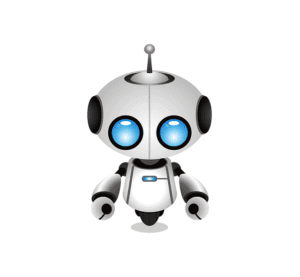

AI Translation
Will it make us redundant?
I was asked recently about the role of AI in translation, particularly focusing on the current limitations and the irreplaceable value of human translators.
Current Limitations of AI
While AI can assist with basic translations, it struggles with nuances, context, and cultural subtleties that human translators excel at. For example, AI might misinterpret words with multiple meanings or fail to capture the cultural context of certain phrases. https://www.star-ts.com/c-level/will-ai-replace-human-translators/
Nuance and Context
Human translators are adept at understanding and conveying the subtleties of language, including grammar, semantics, and cultural influences. AI, on the other hand, often lacks this depth of understanding
Subjectivity and Humor
AI finds it challenging to handle subjective content and humor, which are deeply human aspects of language. Translating humor, in particular, requires a nuanced understanding that AI currently cannot match
Flexibility and Adaptability
Human translators can adapt to changes in content and client preferences, providing a level of flexibility that AI lacks. AI follows predefined patterns, which may not always align with the specific needs of a translation project
Accuracy and Authenticity
While AI translation has improved, it still falls short of the accuracy and authenticity provided by human translators. Human translators bring a personal touch and emotional connection to their work, which is crucial for effective communication.
Human Touch
The emotional connection and personal touch that human translators bring are valued by clients. AI lacks empathy and may not always deliver the best style for the target audience
While AI can be a helpful tool, it cannot fully reach the expertise and nuanced understanding of human translators
Contact us if to learn more about how STAR integrates AI with human translation services.

